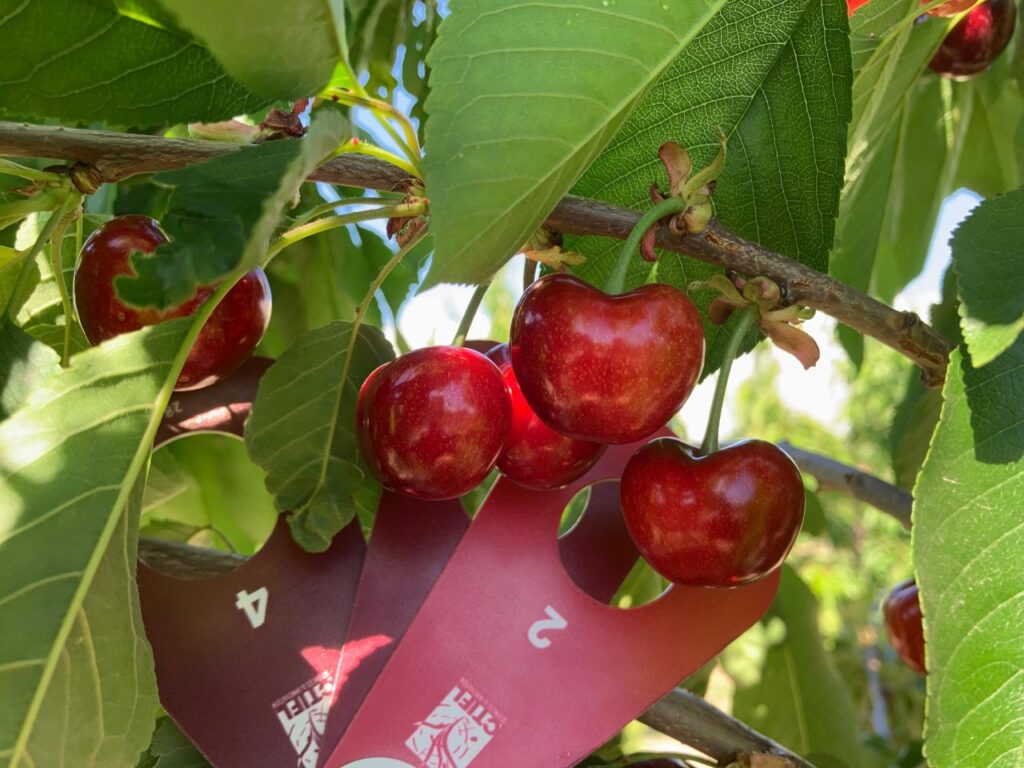Soluble solids content (SSC) is a key parameter that guides consumer preferences in terms of taste, aroma, and flavor of fruits. At the same time, it is used by producers to determine the optimal harvest time and by wholesalers to plan the storage and commercialization of the products.
This value can be determined through both destructive and non-destructive methods. Among the non-destructive techniques, the analysis of dielectric properties is particularly promising due to its ability to operate across a wide range of frequencies and to penetrate deeply into the fruit.
This technique is based on evaluating how a material stores and dissipates electrical energy by analyzing its dielectric properties, particularly the dielectric constant (ε′) and the dielectric loss factor (ε″).
Innovative methods and study context
The study, currently available only in preliminary form, was conducted at the University of Ankara (Turkey) and proposes an innovative approach that combines sub-sampling techniques, dielectric measurements, and machine learning algorithms to predict the SSC of sweet cherries at various post-harvest times, with the goal of reducing implementation costs compared to previous studies.
The study introduces a measurement system based on an open-ended coaxial probe, capable of non-invasively determining the SSC of cherries at various radio and microwave frequencies.
The experiment involved measuring several parameters at different times after harvest, using frequencies ranging from 300 MHz to 15 MHz.
 Figure 1. Scheme of the process used in the experimental test
Figure 1. Scheme of the process used in the experimental test
Machine learning models and results
Subsequently, predictive models were developed using Support Vector Regression (SVR) and Multilayer Perceptron (MLP) algorithms, based on data obtained from dielectric spectroscopy.
These models achieved correlation coefficients greater than 0.96, with consistently high performance across all subsets and frequency ranges tested, confirming the reliability of the method.
The results obtained through the integration of machine learning models and the coaxial probe measurement system were very promising.
In particular, the choice of the appropriate machine learning algorithm and frequency range proved to be crucial.
Comparison of models and future applications
The dielectric system demonstrated the ability to perform reliable measurements even at relatively low frequencies (15 MHz).
Moreover, it was shown that devices with a more limited measurement range can still be sufficient to estimate SSC.
Among the models tested, SVR offered a good balance between prediction accuracy and processing speed, making it the most effective.
Although MLP performed well on almost all indicators, it required significantly longer processing times.
The REPTree model produced the worst results, and the remaining machine learning models did not show significant performance advantages.
Outlook and potential
Looking ahead, this technology could be applied to predict the internal quality characteristics of various fruits and vegetables with similar or differing dielectric properties.
The collection of more data will contribute to further improving the accuracy of predictive models, with the ultimate goal of monitoring the quality of each individual fruit produced.
Source: Kamil Sacilik, Necati Cetin, Burak Ozbey, Fernando Auat Cheein, Non-invasive prediction of sweet cherry soluble solids content using dielectric spectroscopy and down-sampling techniques, Smart Agricultural Technology, Volume 10, 2025, 100782, ISSN 2772-3755, https://doi.org/10.1016/j.atech.2025.100782
Source images: Sacilik et al., 2024; Anton Paar
Melissa Venturi
University of Bologna (ITA)
Cherry Times - All rights reserved













